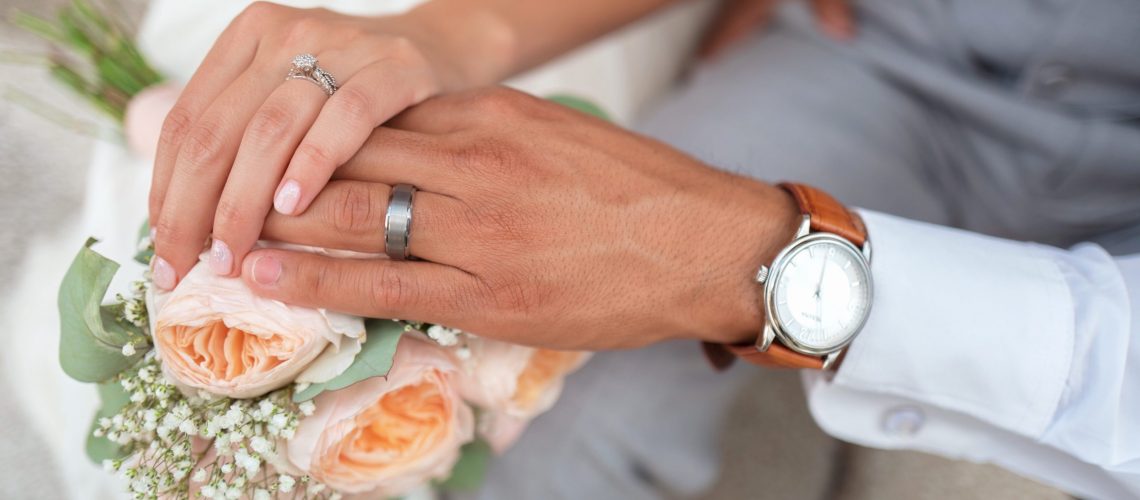It is a myth to believe that marriage with a U.S. citizen is an easy way to get permanent residency in the United States. It is true that spouses of U.S. citizens benefit from some concessions under immigration laws that applicants for greencards in other categories do not. However, for this very reason, immigration authorities are always concerned with fraud and look at the bonafide nature of a marriage with a U.S. citizen with a fine lens.
When a U.S. citizen files an I-130 petition as the first step to give their immigrant spouse permanent residency in the United States, they are requesting that the immigration authorities recognize their relationship as genuine. An approved I-130 signifies that USCIS has recognized that the marriage was entered into for valid reason. This is why it is important to show all available evidence of building a genuine relationship – including pictures of the couple in different contexts, joint financial documents (i.e. bank statements, credit card statements), evidence of shared residence, evidence of communication (i.e. text messages, video calls etc.), statements from friends and family, and any other evidence that the couple is building a real relationship and life together.
Once an I-130 petition is filed, it is not unheard of for immigration authorities to visit the couple’s shared residence and verify that they are living together, or contact the couple’s family and friends via phone calls or in-person visits to verify that the information provided in the petition was accurate. Such investigations can take place at any point during the process – even after the couple has been interviewed and everything seems to be processing smoothly. If USCIS finds that the couple has entered a “sham” marriage for the purposes of getting a greencard, they can make a finding of “marriage fraud” under Immigration and Nationality Act (“INA”) 204(c), and the immigrant will forever be barred from any immigration benefits in the United States.
We recently advised a young man who was facing this exact scenario. He arrived in the United States on a fiancé visa. As required, the couple married within ninety days of his entry into the United States, and the young man filed for his greencard based on the marriage to his U.S. citizen wife. USCIS interviewed the couple jointly, and everything seemed to be proceeding normally. However, instead of getting a greencard in the mail as they were expecting, the couple instead found immigration officers coming to their relatives’ house, questioning them about the couple’s marriage. A few unintended mistakes by the relatives regarding the couple’s living arrangements, and the matter became a lot more complicated than anyone anticipated.
The importance of making sure that all available evidence regarding the genuineness of a marriage is clearly presented became even more important last month, when the Board of Immigration Appeals issued a published decision in Matter of Pak, 28 I. & N. Dec. 113 (BIA 2020). In that case, the court found that because the immigrant had not presented enough evidence that his first marriage was a genuine one, it was proper to find that he had committed marriage fraud under INA Sec 204(c), and so the petition filed by his second U.S. citizen spouse could not be approved. With this decision, it becomes clear that not only is it important to support the current I-130 petition filing with enough evidence of a bonafide relationship, it is also important to present all available evidence of the genuine nature of all previous marriages as well.
Do you need immigration assistance?
The Haq Law team understands the complex United States Immigration process and can guide you to make the most informed decision. Let us help you!
Contact us to set up an appointment today – 415.895.0661.

